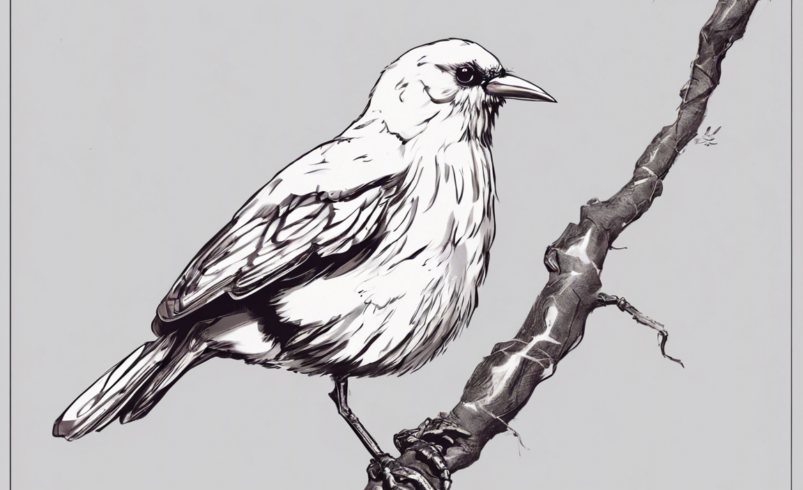Introduction
OPM Birds are a fascinating group of avian species found in the Old World tropics, including Africa, Asia, and Australasia. Known for their vibrant colors, unique calls, and diverse behaviors, OPM Birds have captured the interest of birdwatchers and ornithologists alike. In this article, we will delve into the world of OPM Birds, exploring their habitats, characteristics, and conservation status.
Habitats of OPM Birds
OPM Birds inhabit a wide range of ecosystems, from lush rainforests to arid deserts. Some species are endemic to specific regions, while others have a more widespread distribution. These birds have adapted to various environments, showcasing remarkable survival skills.
In Africa, species like the Lilac-breasted Roller and the Secretarybird can be found in savannas and grasslands, while the African Grey Parrot thrives in the dense rainforests of the Congo Basin. In Asia, the Indian Peafowl is a common sight in agricultural areas, while the Himalayan Monal can be spotted in the mountainous regions of the Himalayas. Australasia is home to the iconic birds of paradise, which reside in the tropical forests of Papua New Guinea and surrounding islands.
Characteristics of OPM Birds
OPM Birds exhibit a wide range of physical and behavioral characteristics that set them apart from other avian species. Their striking plumage, elaborate courtship displays, and complex vocalizations make them a delight to observe in the wild.
Many OPM Birds are renowned for their vibrant colors, with males often displaying more elaborate plumage than females. The Wilson’s Bird-of-Paradise, for example, flaunts iridescent feathers and intricate patterns as part of its mating ritual. Some species, like the Superb Lyrebird, are masters of mimicry, imitating the calls of other birds and even man-made sounds.
In terms of behavior, OPM Birds are known for their unusual nesting habits, feeding strategies, and social structures. The Sociable Weaver, found in southern Africa, builds massive communal nests that can house hundreds of individuals. The Hoatzin of South America has a unique digestive system that allows it to ferment plant matter in its crop, giving it a distinct odor that has earned it the nickname “Stinkbird.”
Conservation of OPM Birds
Despite their beauty and diversity, many OPM Bird species are threatened by habitat loss, poaching, and climate change. Conservation efforts are essential to safeguard these birds and their ecosystems for future generations. Organizations like BirdLife International and the World Wildlife Fund are actively working to protect OPM Birds through habitat preservation, anti-poaching measures, and education initiatives.
Frequently Asked Questions about OPM Birds
-
What does OPM stand for in OPM Birds?
OPM stands for Old World tropics, referring to the regions of Africa, Asia, and Australasia where these birds are found. -
Are all OPM Birds brightly colored?
While many OPM Birds exhibit vibrant plumage, some species have more subdued colors for camouflage or other purposes. -
Do OPM Birds migrate?
Some OPM Bird species are migratory, traveling long distances between breeding and wintering grounds to take advantage of seasonal changes in food availability. -
How can I help conserve OPM Birds?
You can support conservation efforts by donating to reputable organizations, spreading awareness about the importance of protecting biodiversity, and practicing responsible ecotourism. -
Are OPM Birds kept as pets?
Due to their unique characteristics and beauty, some OPM Bird species, like the African Grey Parrot, are sought after as pets. However, it is important to ensure that any pets are ethically sourced and legally acquired.
In conclusion, OPM Birds are a remarkable group of avian species that showcase the wonders of nature through their colors, behaviors, and habitats. By learning more about these birds and supporting conservation efforts, we can help ensure that they continue to enchant and inspire us for years to come.






